Search Images
Browse Content (p. 1632)
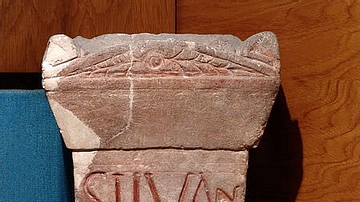
Image
Roman Dacian Inscription
This is an altar with a votive inscription in Latin from the city of Cluj-Napoca, which is in present-day Romania (Roman Dacia). The altar dates to c. 101-150 CE. height: 45 cm width: 24 cm depth: 19.5 cm letter size: 6-2 cm Transcription...
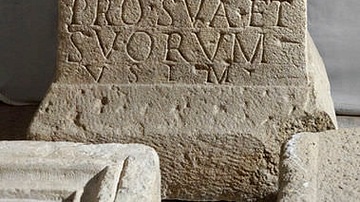
Image
Dacian Altar Piece
This is an ancient Roman altar piece — in votive style — to Publius Aelius Marcianus, who was of the decurial order and a holder of higher local offices in Napoca (a city in Roman Dacia). Today, Napoca is Cluj-Napoca, Romania. This lovely...
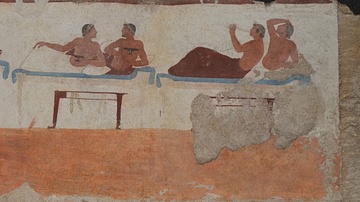
Image
Paestum Painting, Scene from a Symposium
Detail from lateral walls of the Tomb of the Diver depicting a symposium scene. The frescoes are painted on limestone slabs and are dated about 480-470 BCE. National Museum of Paestum, Italy.
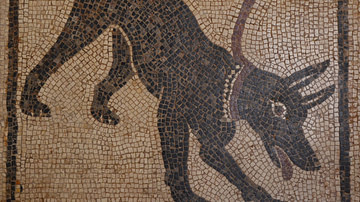
Image
Cave Cavem mosaic from Pompeii
Cave Cavem mosaic from Pompeii. It is on display at the Naples National Archaeological Museum.
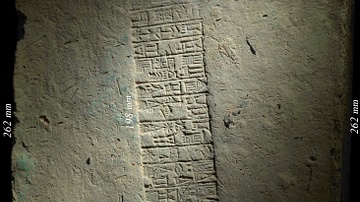
Image
Brick of Amar-Suen
This is an inscribed sun-dried brick used in temple construction. It was commissioned by the Sumerian king Amar-Suen (reigned c. 2094-2038 BCE) of the Third Dynasty of Ur. Translation of the inscription: Amar-Suen, the one called by (the...
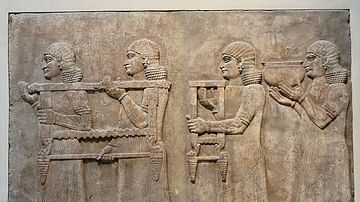
Image
Servants at Dur-Sharukkin (Khorsabad)
A relief of servants from the palace of Sargon II at Dur-Sharrukin (present-day Khorsabad, Iraq), c. 713-716 BCE. Now in the Musee du Louvre, Paris.
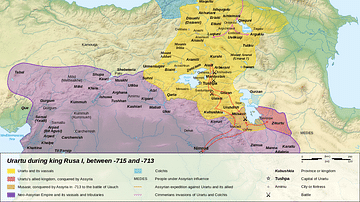
Image
Urartu 714-715 BCE
Urartu during the reign of King Rusas, 714-715 BCE
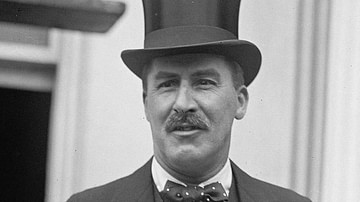
Image
Howard Carter
Howard Carter (1874-1939), British Egyptologist and archaeologist, photographed on 8 May 1924.

Image
Pyramids, Xochicalco
The pyramid structures of Xochicalco in central Mexico. Constructed prior to 900 CE they display attributes common to Maya and Veracruz architecture and imagery.
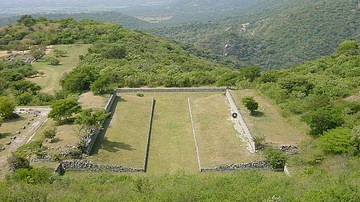
Image
Ballcourt, Xochicalco
The ballcourt of Xochicalco, central Mexico. Constructed prior to 900 CE.